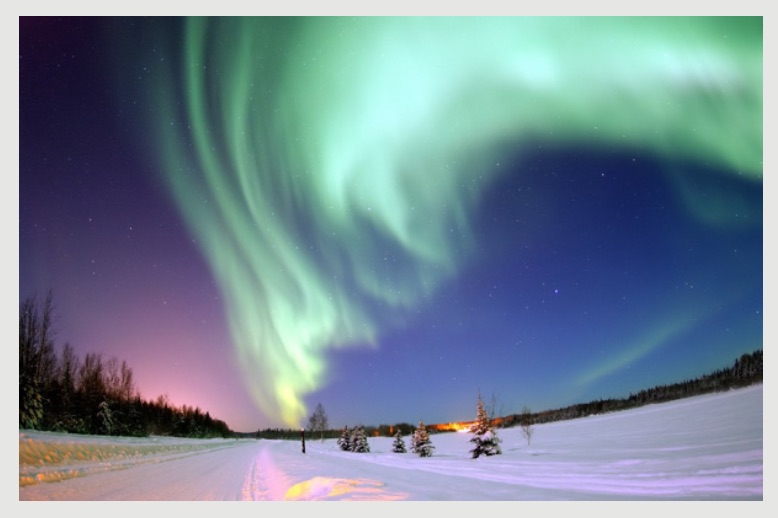REYKJAVIK, ICELAND
With the latitude of about 64 degrees north, Reykjavik is the northernmost capital on our planet, with the shortest hours of daylight during the winter and the longest hours in the summer.
On December 21, the sun barely rises at 11:22 am; it rests low in the horizon radiating a soft, low light until it vanishes below the horizon by 3:29 pm.
Still, residents in Reykjavik must adapt and continue their lifestyle during the dark winter. “Like every normal day, we go to work, and the kids go to school, the library, thermal pools, mountain hiking, cinema, theatre and concerts," said Drífa Magnúsdóttir, the project manager at Tourist Information Centre. “Business is the same, people don’t change their daily routine during the darkest month, probably we more change our routine during the brightest days, and then we spend more time outside.”
Festivities celebrating light have become a part of Iceland’s winter culture, helping the people persevere through the dark, cold days. In early February, Reykjavik holds a Winter Light Festival, Magnúsdóttir said.
“The darkest days of the year are in December, when we light up the city with Christmas lights,” Magnúsdóttir said.
Still, even tourists are drawn to Iceland during the winter to see sites that can only be seen amid darkness. Magnúsdóttir said the northern lights, a natural light display most clearly seen against a dark sky, are visible only during winter.

